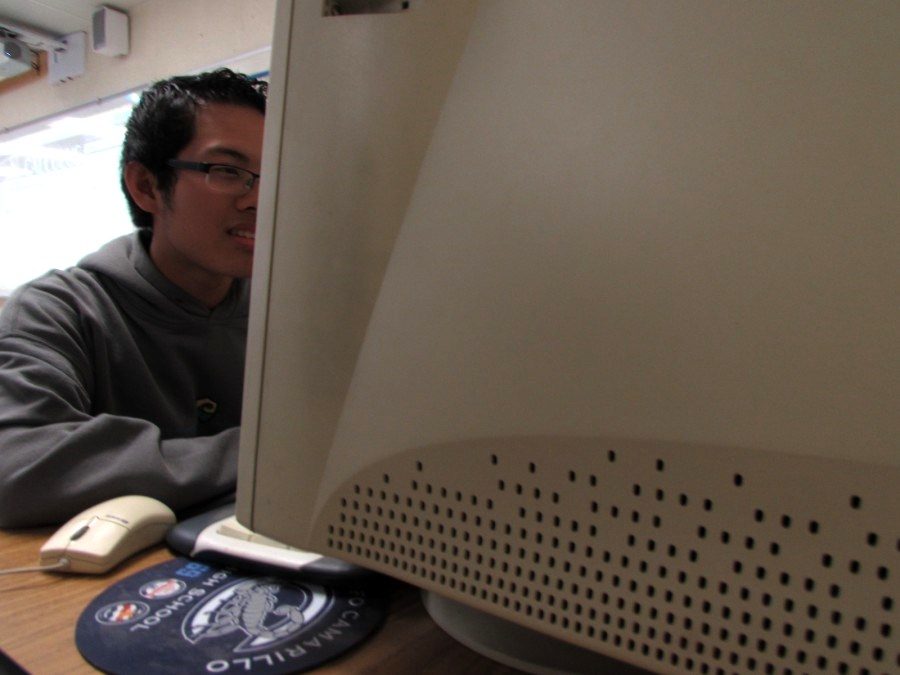IT Troubles and Teacher Tech
Michael Ma, junior, working on an outdated, boxy computer in Ms. Brandae Rossini’s classroom. Many Cam High teachers have requested for an additional computer to be used in their classrooms, but the district remains hesitant in providing them.
Struggles arose between Cam High teachers and the district IT (information technology) department concerning the future of approximately one hundred computers that have recently been replaced.
As it stands, the district plans on recycling the various out-dated computers as per their policy concerning outdated technology; however, Mr. Chris Quinn, government teacher, is challenging that practice.
“Do teachers have any say on such matters?” asked Quinn, in regard to the district’s decision of recycling and not reusing the myriad of aged computers.
In a faculty poll by Quinn, 55 teachers voted in favor of having an additional dated computer in their classroom and 19 teachers, many of them in the special education or physical education department, voted that they did not. Thirty-six teachers abstained from voting. During a regularly scheduled faculty meeting, teachers voted unanimously that they should at least have access to the older machines.
The computers would allow teachers to work in their own station and let a student have access to the additional computer for research, printing papers, or a variety of other purposes.
Many teachers were enthusiastic about the idea of having these additional resources to work with, in spite of their age and relative slowness.
However, Puneet Sharma, director of information technology services for the OUHSD, disputed this consensus. “It’s about the life of a computer,” said Sharma.
Most of the computers that are being replaced are nine years old or more and would potentially be a detriment to the classes. “These computers are already used too much, so why would a teacher want a failing computer?” said Sharma.
Sharma pointed out that as technology advanced, particularly in system programming, these older models became obsolete and thus a hazard to work with in an educational setting. “The rule of thumb is, if it costs more to repair a computer than to buy a new one, then replace it,” he said.
Furthermore, every computer at Cam High is connected to the district’s network and requires I.T. support for maintenance. “You cannot have any computers connected to the [school] network not supported,” said Sharma. “There is no direct link from a computer to the Internet.”
Accordingly, outdated computers pose a problem regarding their life expectancy and utility. “It’s not efficient,” said Sharma. “They are not meant [to be used] for nine years.”
The question remains as to what can be done to allow teachers and students better access to the Internet.
Without the option of reusing old machines, the only way to meet teachers’ requests for more machines is purchasing more modern computers, but many believe this to be a “long shot” considering the current economic pressures the school is already facing.



















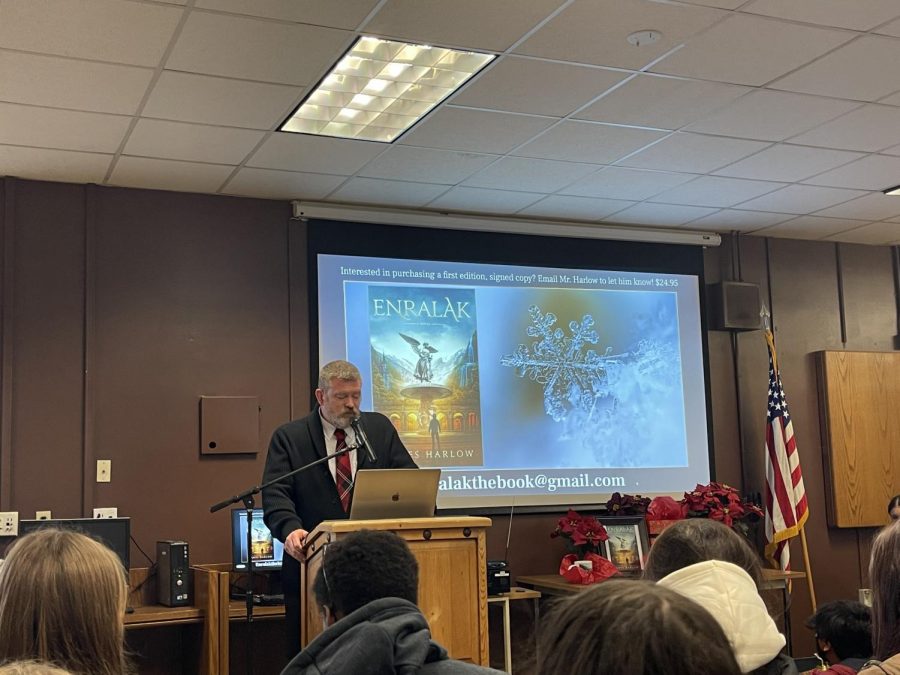

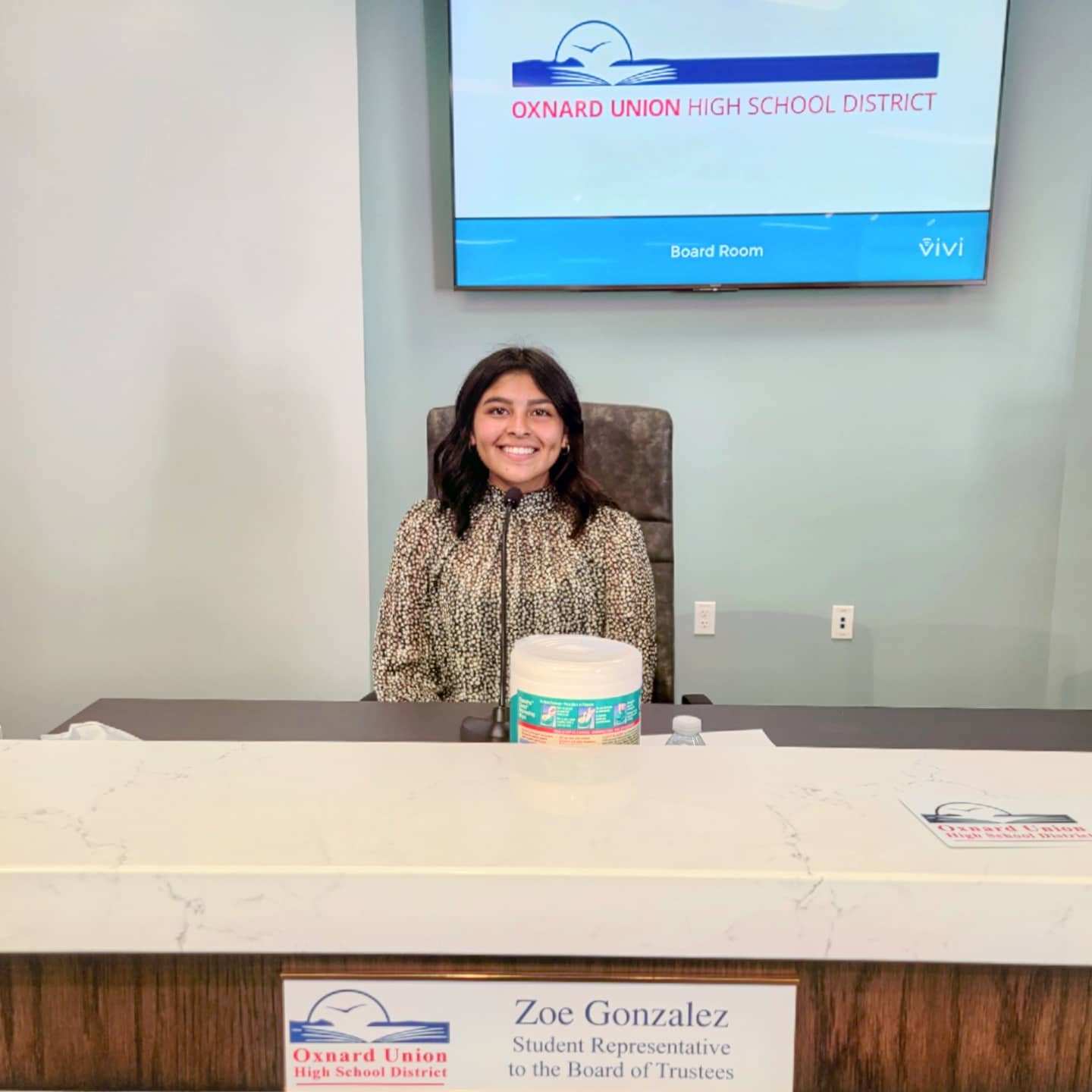


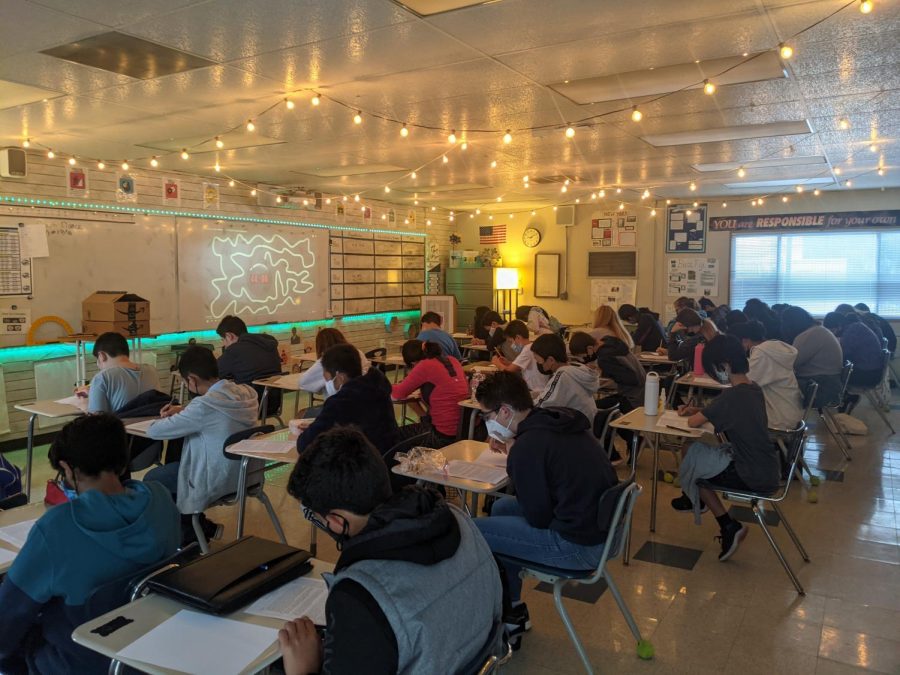











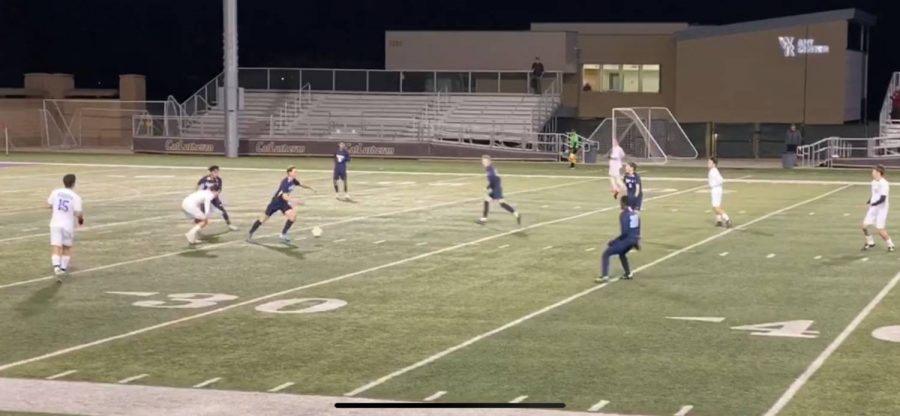




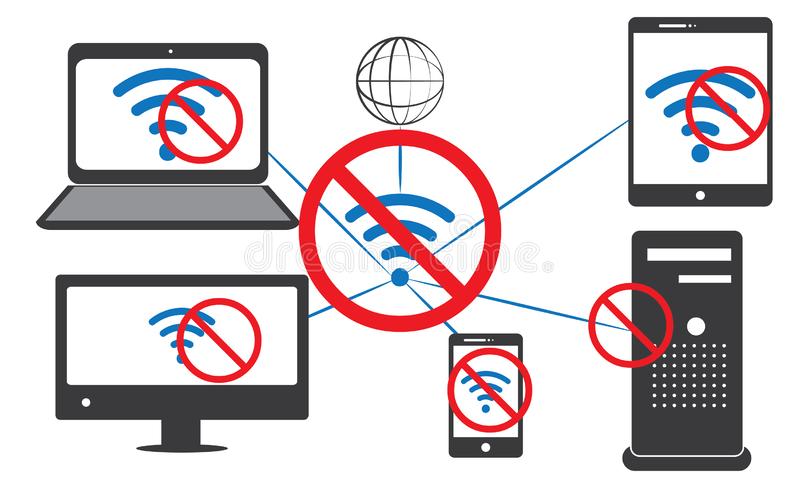
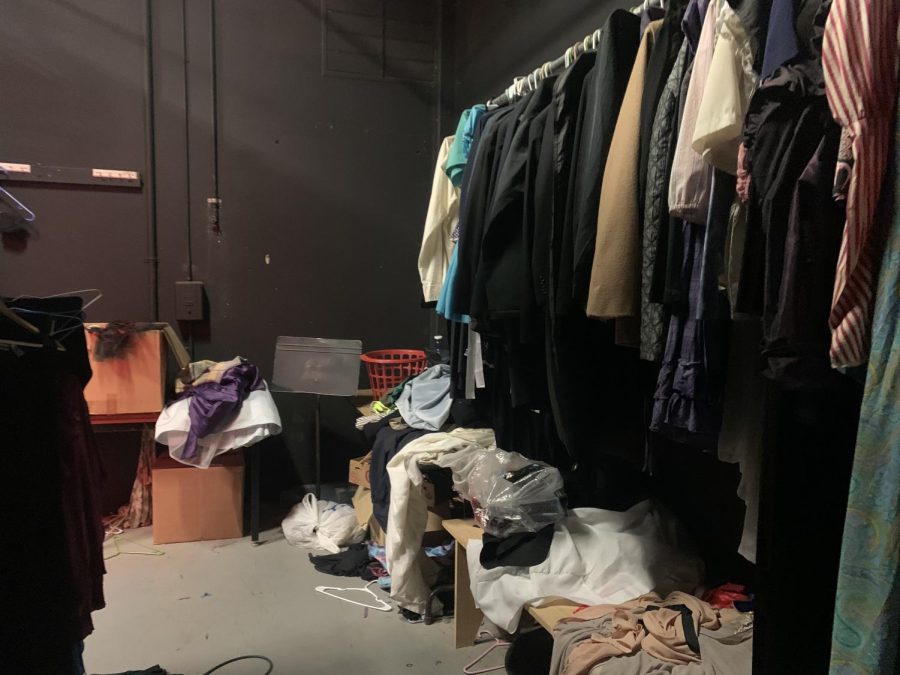



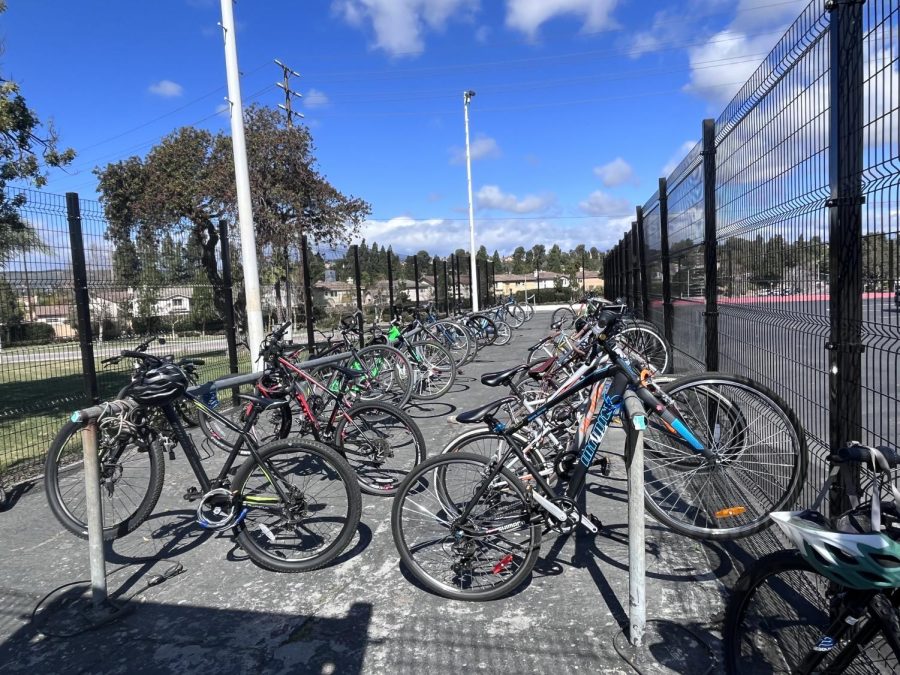
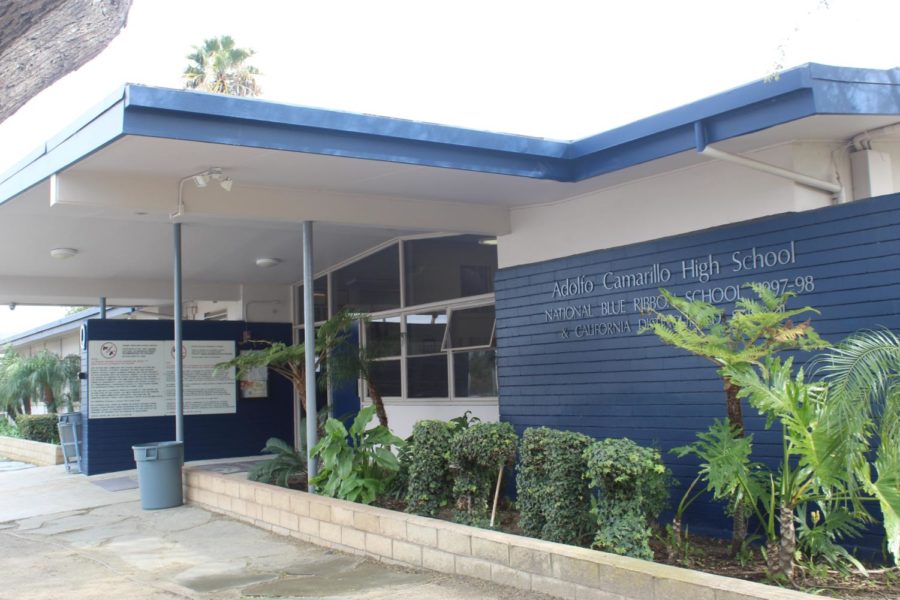


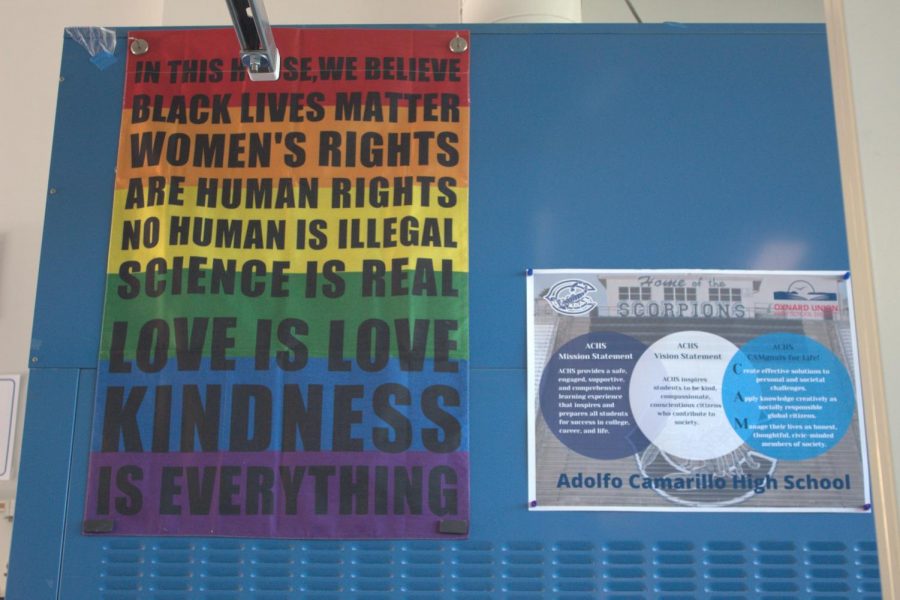












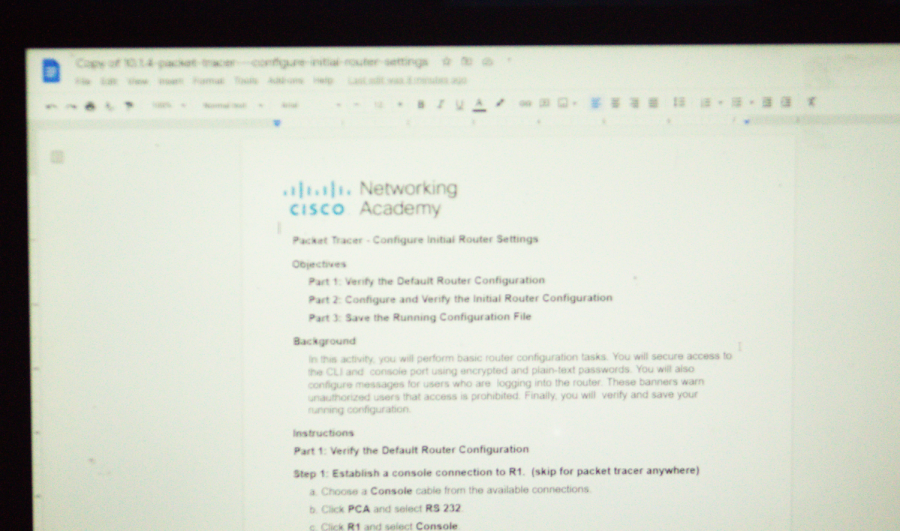

















![Senior Ditch Day... Relaxation or Truancy? [Video]](https://achsstinger.com/wp-content/uploads/2017/10/IMG_7119-900x599.jpg)
![Heavy Rain Hits Cam High [video]](https://achsstinger.com/wp-content/uploads/2017/02/maxresdefault-900x506.jpg)



